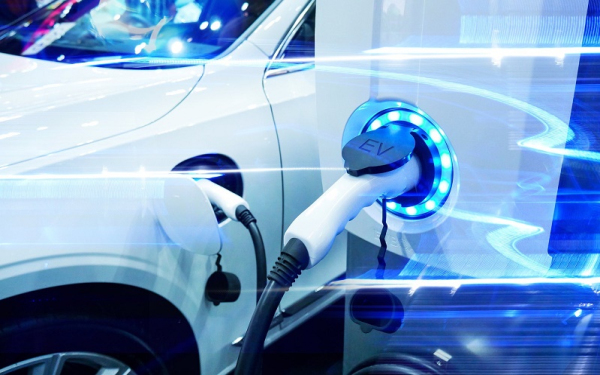The Terminator of Gasoline Cars! Not Phosphate Iron Lithium Batteries, Not Ternary Lithium Batteries, But This!

The next big thing in powering cars is not the current phosphate iron lithium batteries or ternary lithium batteries, nor is it hydrogen energy – it’s solid-state batteries. Many potential buyers of electric vehicles are concerned about the range during long journeys. The main issue is the prolonged charging time.
While gasoline cars and electric cars have similar ranges, typically around 400 kilometers, the crucial difference lies in refueling taking minutes while recharging electric cars takes an hour. However, solid-state batteries are poised to bridge this gap. They support high-speed charging of 800 kilowatts or even 1000 kilowatts, adding 800 kilometers of range in just 5 minutes, effortlessly meeting the demands.

Furthermore, solid-state batteries offer several advantages. Firstly, they are non-combustible, non-corrosive, and non-volatile, capable of withstanding high temperatures – making them safe. Secondly, they have high energy density, storing more energy than traditional batteries, easily achieving over 1000 kilometers of range. Additionally, solid-state batteries are compact, lightweight, eliminating the need for electrolytes and separators, reducing volume by at least one-third.
Solid-state batteries, built on a novel electrolyte material, present numerous advantages compared to traditional liquid batteries. Firstly, they boast higher energy density, storing more energy in the same volume, leading to longer device battery life, eliminating frequent recharging. Additionally, their high energy density enables applications in various fields like electric vehicles and drones, providing robust power support.
Secondly, solid-state batteries exhibit enhanced safety. In comparison to traditional liquid batteries, the solid-state variant has a solid-state electrolyte, minimizing risks of leakage, combustion, and explosions, bringing more convenience to our lives.
Moreover, solid-state batteries offer faster charging speeds and longer cycle life. Due to their unique structure and material characteristics, these batteries facilitate quicker charging and discharging, reducing charging times and possessing excellent cycle life – resulting in a longer lifespan.
Will solid-state batteries become the mainstream energy technology of the future? While the advantages of solid-state batteries are exciting, whether they will become the mainstream energy technology of the future depends on practical considerations. Currently, solid-state batteries face challenges. Firstly, their manufacturing costs are relatively high, slowing down commercialization. Although costs are expected to decrease with technological advancements, further research and industrial chain development are necessary.
Secondly, stability and long-term performance of solid-state batteries need scrutiny. Despite theoretically having long cycle life, their ability to maintain efficient and stable performance over extended usage needs validation.
Additionally, attention must be paid to the industrial scale of solid-state batteries. Currently, liquid batteries, as the mainstream technology, have widespread applications and established extensive supply chain systems. For solid-state batteries to replace liquid batteries, they need a matching supply chain and industrial ecosystem.
Despite the challenges, the potential of solid-state batteries is too significant to ignore. With continuous technological breakthroughs and progress in commercialization, solid-state batteries have the potential to become the future mainstream energy technology. They will revolutionize electric transportation, renewable energy storage, and contribute to achieving the goals of a green and sustainable society.











